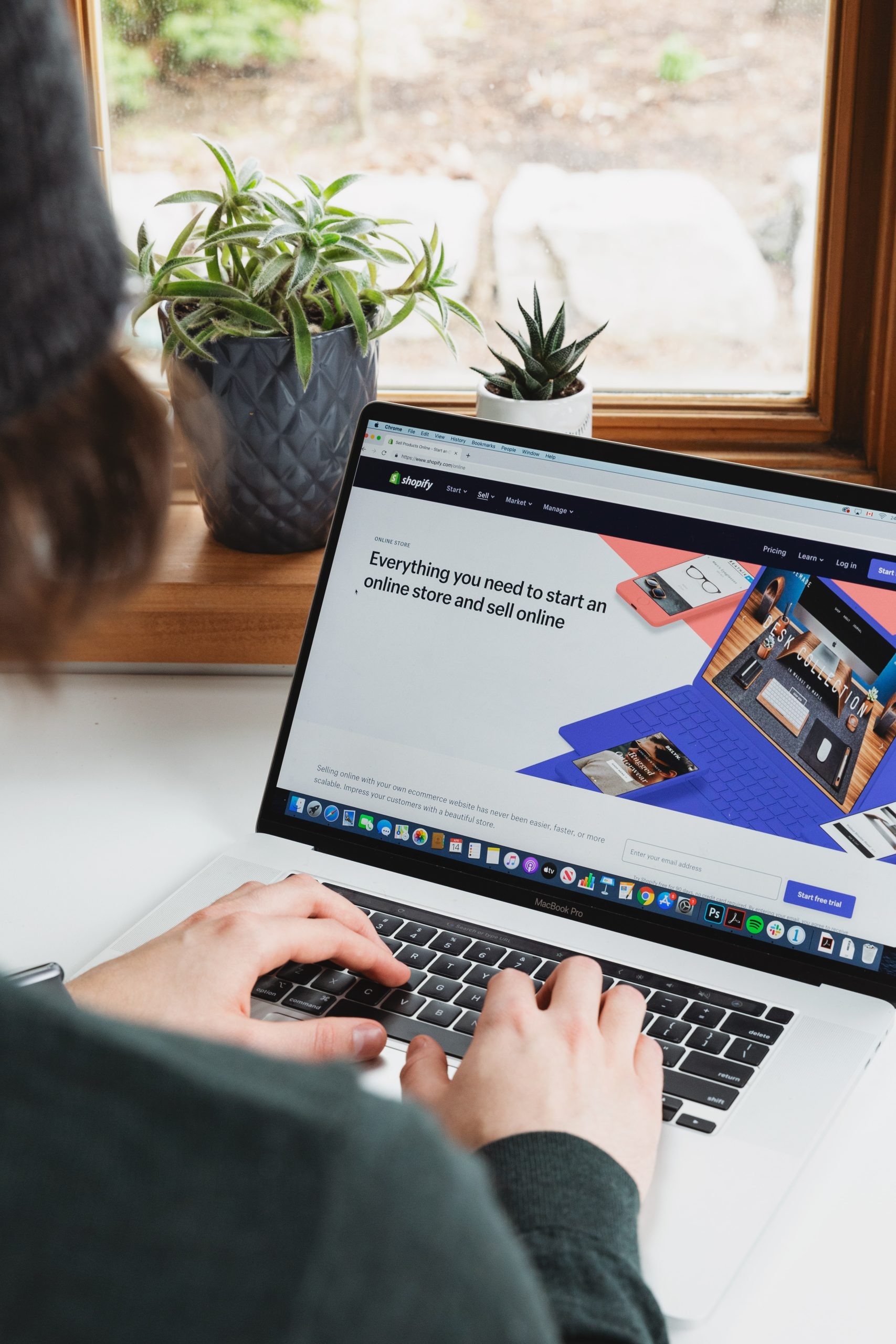When looking for ways to make more money for a living, college students often decide to try entrepreneurship. Compared to a regular full-time job, having your own business might be no simpler. But it can open up much broader opportunities and bring a much higher income.
Speaking about student business, eCommerce is one of the most popular fields. This startup doesn’t require significant funding. Also, it doesn’t even require coming up with an innovative product—you can always resell existing items and gain profit. Best part? Starting your own online store isn’t too big of a deal these days. Read on, and we will tell you how to create yours step by step!
Get Rid of Excessive Schoolwork
As a student, you must have 100% of your time busy with college and homework. Obviously, this can get in the way of your entrepreneurship, which is a full-time job. So, before you get started, you need to find a way to delegate at least some of your schoolwork. Ideally, find a trusted platform where you can order essay paper and other assignments completed by professional writers. This will give you more free time for creating and maintaining your eStore. At the same time, you will be able to keep your grades up and not get in trouble at school.
Define Your Target Audience
Many experienced retailers will first define the promising product and then match it to a specific target audience. You could do this too. But it requires a solid sense of trends and consumer needs. So, as a beginner, you will probably want to get clear on the target audience first.
There are three main characteristics you’ll want to look at as an aspiring eCommerce entrepreneur:
Location
Since we are talking about a student startup, you might not yet have sufficient funds and resources to set up seamless supply chains to the regions located far away from you. Thus, it makes sense to focus on one or a few specific areas at first.
Demographics
Next, you want to define what age, gender, education, occupation, and other demographic characteristics your ideal customers should have. Be careful with this point, as it will have a huge effect on the choice of items you will be selling.
Interests
Finally, you can build your ICP (ideal customer profile) around the specific interests, lifestyles, opinions, and attitudes of your target audience.
After researching and identifying all these characteristics, develop a compelling buyer persona and move to the next stage.
Pick Your Products
There are plenty of items that you can sell from your online store. When choosing the right ones, consider your ideal customer profile and their needs first. Also, you can pick goods based on your personal passions and interests. And most importantly, always look out for emerging trends to ensure success.
Choose a Platform
The next step requires you to find a suitable eCommerce platform for your future store. The key things you should be looking for include:
- Usability
- Customer support
- Seamless checkout
- Customizability
- Web hosting
In a nutshell, you want to find a platform that would let you build a good-looking eStore quickly and easily. At the same time, you want it to provide enough usability, flexibility, and features to make your buyers’ experiences great.
Some of the most popular platforms to consider include Shopify, WooCommerce, BigCommerce, Wix, OpenCart, etc.

Build Your Website
Once you’ve decided on a platform, you can start building and designing your site. Before you start, you need to define the name, logo, and other branded elements that will help you build recognition and stand out from the crowd. Be especially careful when choosing a name. To make your store look good, you will need to buy a domain that aligns with your brand’s name. So you’ll have to ensure that the chosen name is untaken. Also, to get your business up and running fast, you need to prepare clear and appealing product images before you start building a website.
When you have everything you need, use the ready-made templates and customizability features offered by the chosen platform to create a neat-looking design for your store. Be sure to keep it simple and intuitive. And don’t forget to add all the needed features, such as a cart, checkout, etc.
Add Products
When your eStore is ready, it’s time to fill it with your products. Use high-quality, similarly-styled photos for all items in your store. Then, come up with clear, engaging, and SEO-optimized titles and descriptions for every product. Feel free to use relevant keywords to make your store easier to find on the web.
Next, you’ll need to set your prices. That’s where you will have to do more research. You have to compare competitors’ rates and market average prices. Then, you need to set prices that will be high enough to let you generate revenue but low enough to stand out from the competition and attract more buyers.
Launch and Market
When your website is almost ready, you will need to add a few final touches. Most importantly, you will need to set up shipping and connect a secure payment gateway. Once you do this, you can finally launch your website by disabling protection and making it visible to users.
Once your store is launched, you will have to move on to the biggest part of the job—marketing it to potential buyers. Every business will need a different marketing strategy, so be sure to build your own based on your resources, needs, and your target audience preferences. Your ultimate goal is to make your site noticed and drive lots of traffic.
The Bottom Line
As you now see, launching an eShop as a student isn’t an impossible task. In fact, creating your own store and launching it is quite simple these days, even if you have no experience yet.
If you are also planning to launch an online shop while in college, now you have everything you need to get started. Use this article as your step-by-step guide to success!














Comments